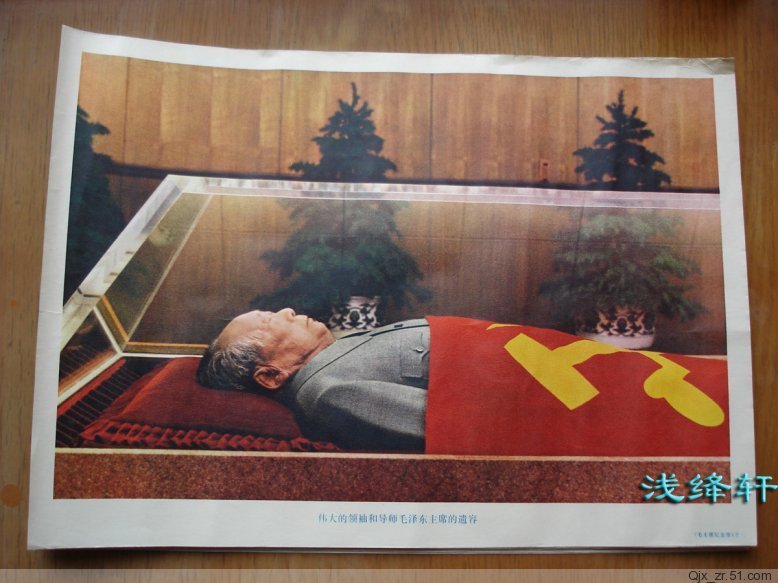Beijing - 北京
 |
| Tiananmen Square |
Day One: Tiananmen Square and Beihai Park
 |
| Beihai Park |
 |
| Tiananmen Square |
This park, formally an Imperial garden, is based around a network of lakes and temples and is a popular hangout spot for locals to spend their evenings. In the centre of one of the lakes, accessed across a bridge, is an island with a large white Buddhist stupa at the top. We were able to climb up to this point for great views over the park, the Forbidden City and Beijing as a whole - which despite being a reasonably gloomy day, wasn’t anything like as smoggy as we had been led to believe that it would be. Continuing north through the park we eventually arrived at the Drum and Bell Towers, once the central point of Beijing and a Chinese equivalent to Big Ben - with drums sounded to mark every hour. A good selection of restaurants surround the towers and one of these served well recommended Peking Duck - a must-have dish for any visitor to the city. It certainly didn’t disappoint and was exponentially better than any that I have sampled back in Europe.
Day Two: The Forbidden City and Jingshan Park
 |
| The Forbidden City from Jingshan Park |
 |
| Inside the Forbidden City |
 |
| The Clock Museum |
 |
| Even elephants kowtow to the Emperor |
 |
| The hutongs north of the Forbidden City |
Day Three: The Summer Palace, Lama Temple and Olympic Park
 |
| View over Kunming Lake |
 |
| The pride of the Chinese navy… |
 |
| A statue carved from a single tree |
 |
| The four of us in front of the “Bird’s Nest” Stadium |
 |
| The bell and drum towers |
Day Four: Mao’s Mausoleum, Temple of Heaven and Panjiayuan Antiques Market
 |
| Temple of Heaven Park |
 |
| Chairman Mao in his crystal case |
 |
| The Antiques Market |






0 comments